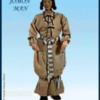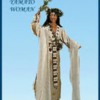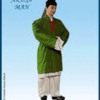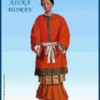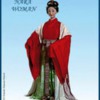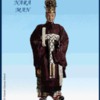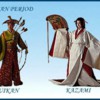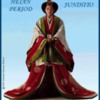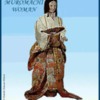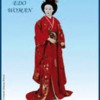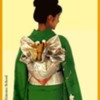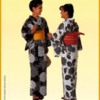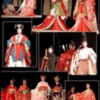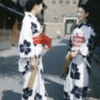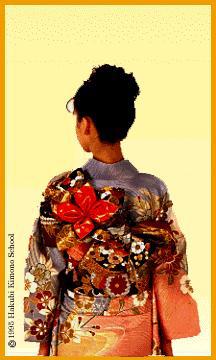The kimono is the traditional clothing of Japan. Kimono styles have changed significantly from one period of Japan's history to another, and today there are many different types of kimono worn by men, women, and children. The cut, color, fabric, and decorations of a kimono may vary according to the sex, age, and marital status of the wearer, the season of the year, and the occasion for which the kimono is worn.
All items from the following website:
http://web.mit.edu/jpnet/kimono/woman-sleeve.html
Jomon Period (Before 300 AD)
The clothes of this period were made of hemp and loosely fastened. There was no distinction between male and female clothing.
Attachments
Original Post
